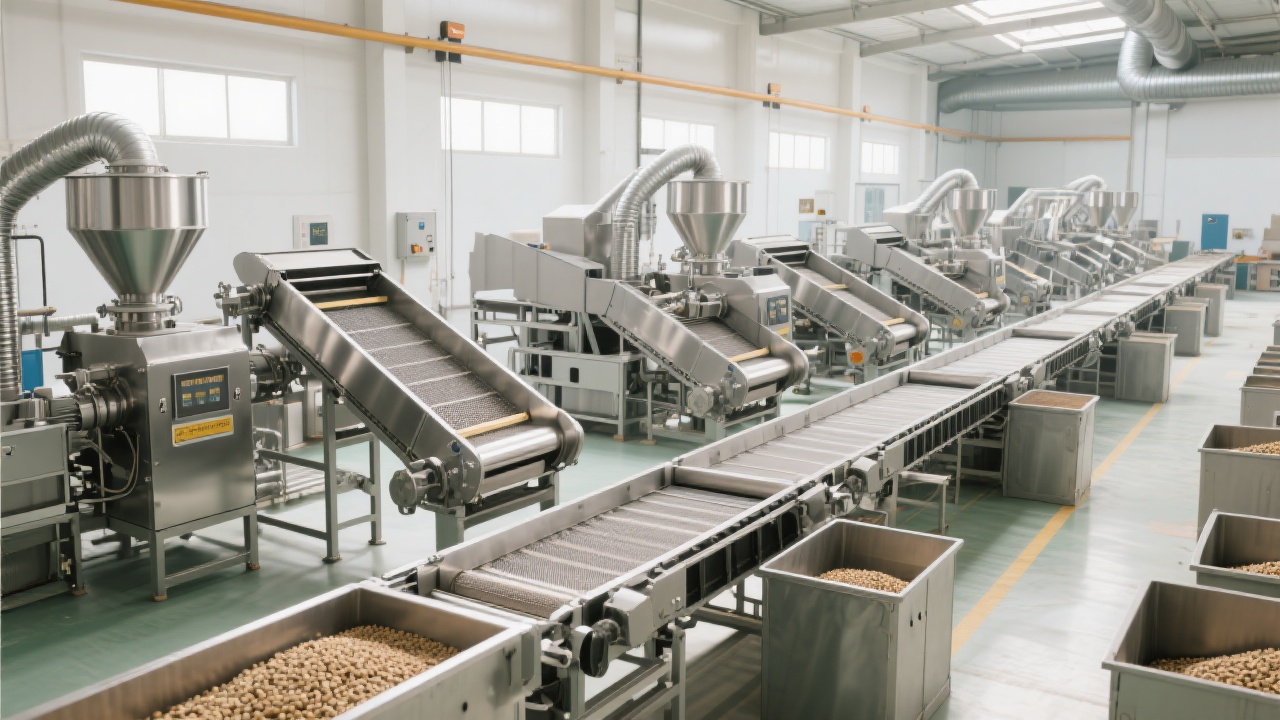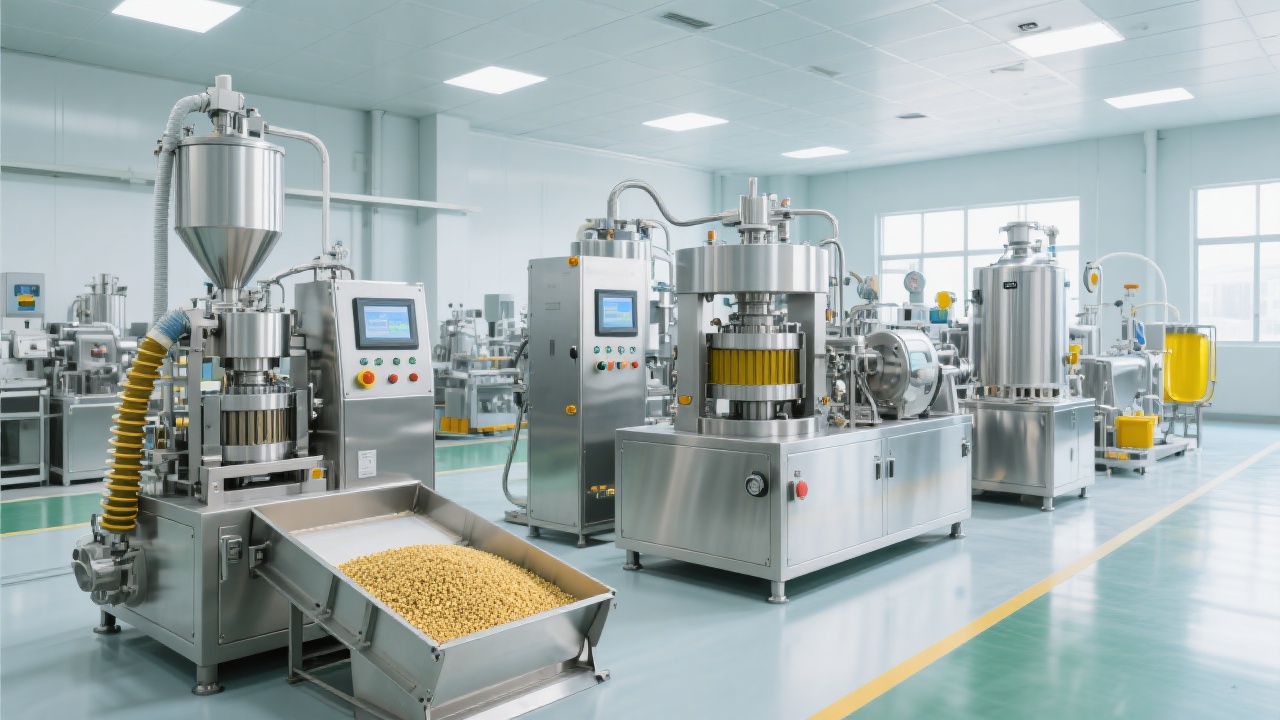
In the world of culinary oils, sesame oil stands out for its rich flavor and numerous health benefits. There are two primary methods of extracting sesame oil: cold - pressing and hot - pressing. Understanding the differences between these two methods can help consumers, especially those in health - conscious households and the catering industry, make informed choices.
The cold - pressing method involves extracting oil from sesame seeds at a low temperature, typically below 40°C. This gentle process is similar to squeezing juice from a fruit by hand, where the natural essence is preserved without being damaged by high heat. On the other hand, hot - pressing heats the sesame seeds to a higher temperature, usually between 150°C - 200°C, before extraction. It's like cooking a meal at a high temperature; the heat breaks down the seeds more effectively to release the oil, but it also has an impact on the nutritional value and flavor.

Temperature plays a crucial role in the extraction process. High temperatures in hot - pressing can cause the oxidation of unsaturated fatty acids in sesame oil, reducing its nutritional value. For example, vitamin E, an important antioxidant in sesame oil, can be significantly degraded at high temperatures. According to a study by the Food Research Institute, cold - pressed sesame oil retains up to 90% of vitamin E, while hot - pressed sesame oil retains only about 60%. In terms of flavor, the low - temperature cold - pressing method preserves the natural and delicate aroma of sesame seeds, while hot - pressing produces a stronger, more pungent flavor due to the Maillard reaction.
Cold - pressed sesame oil is highly favored in high - end catering, especially for salad dressing and seasoning. Its mild and natural flavor can enhance the original taste of ingredients without overpowering them. For instance, in a famous Michelin - starred restaurant in Paris, they use cold - pressed sesame oil in their signature sesame - flavored salad, which has received rave reviews from customers. The oil's ability to blend well with other ingredients and bring out their best flavors makes it a top choice for chefs who aim to create healthy and delicious dishes.
| Indicator | Cold - Pressed Sesame Oil | Hot - Pressed Sesame Oil |
|---|---|---|
| Nutritional Retention (e.g., Vitamin E) | Up to 90% | About 60% |
| Aroma Intensity | Mild and natural | Strong and pungent |
| Cost | Relatively higher | Relatively lower |
For those who want to make cold - pressed sesame oil at home, here are some practical tips. First, select high - quality sesame seeds. Then, clean and dry them thoroughly. Use a small - scale cold - press machine, and keep the temperature below 40°C during the pressing process. After extraction, store the oil in a dark, cool place to prevent oxidation. For example, storing the oil in a glass bottle in the refrigerator can extend its shelf life.

Are you interested in learning more about high - quality sesame oil? Do you have any questions about the cold - pressing process? Share your experiences and questions with us. Click here to explore our professional knowledge base and find more high - quality cold - pressed sesame oil products.

